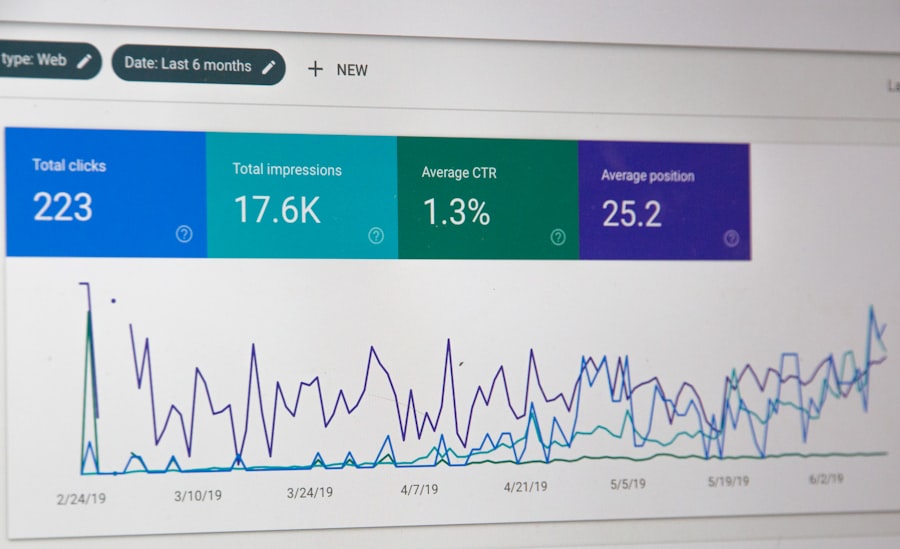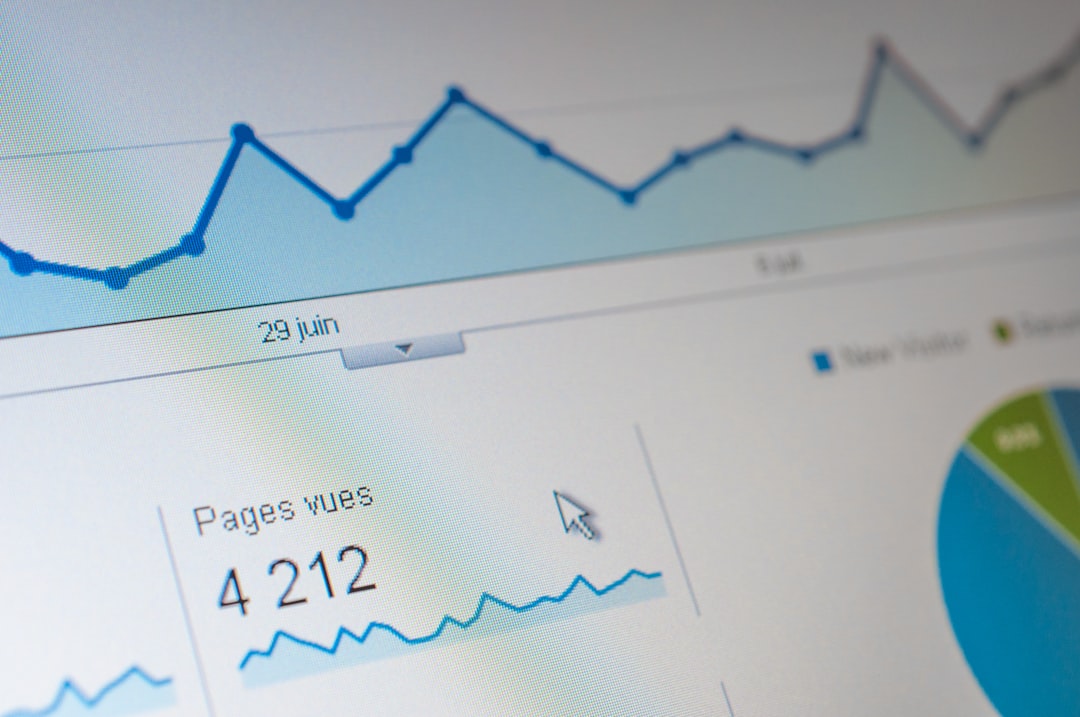In the ever-evolving landscape of big data analytics, Databricks has emerged as a powerful platform that combines the best of data engineering, data science, and machine learning. Founded by the creators of Apache Spark, Databricks provides a unified analytics platform that simplifies the complexities of big data processing and analysis. With its cloud-based architecture, it allows organizations to harness the full potential of their data without the burdensome overhead of managing infrastructure.
This makes it an attractive option for businesses looking to leverage data-driven insights to enhance decision-making and drive innovation. Databricks is designed to cater to a wide range of users, from data engineers and data scientists to business analysts. Its collaborative workspace enables teams to work together seamlessly, sharing notebooks and visualizations in real-time.
This collaborative approach not only fosters creativity but also accelerates the development of data-driven applications.
Key Takeaways
- Databricks is a unified data analytics platform designed to help organizations harness the power of big data and AI.
- Visualizing big data with Databricks allows for easy exploration and analysis of large datasets through interactive dashboards and visualizations.
- Databricks enables organizations to leverage machine learning for predictive analytics and pattern recognition, leading to valuable insights and informed decision-making.
- AI-driven processing with Databricks empowers organizations to automate and optimize data processing tasks, improving efficiency and accuracy.
- Databricks offers scalability in big data analysis, allowing organizations to handle large and complex datasets with ease, while also providing the flexibility to scale resources as needed.
Visualizing Big Data with Databricks
One of the standout features of Databricks is its robust visualization capabilities, which allow users to transform complex datasets into intuitive visual representations. The platform supports a variety of visualization libraries, including Matplotlib, Seaborn, and Plotly, enabling users to create interactive dashboards and reports that can be easily shared across teams. This functionality is particularly valuable for organizations that need to communicate insights effectively to stakeholders who may not have a technical background.
Moreover, Databricks integrates seamlessly with popular business intelligence tools like Tableau and Power BI, further enhancing its visualization capabilities. Users can connect their Databricks clusters directly to these tools, allowing for real-time data exploration and analysis. This integration not only streamlines the workflow but also empowers users to make data-driven decisions based on up-to-date information.
By providing a comprehensive suite of visualization tools, Databricks ensures that organizations can derive actionable insights from their big data initiatives.
Leveraging Machine Learning with Databricks

Machine learning has become a cornerstone of modern data analysis, and Databricks offers a robust environment for developing and deploying machine learning models. The platform supports popular machine learning libraries such as TensorFlow, Scikit-learn, and MLlib, making it easy for data scientists to build sophisticated models using familiar tools. Additionally, Databricks provides built-in support for distributed training, allowing users to scale their machine learning workflows across multiple nodes effortlessly.
One of the key advantages of using Databricks for machine learning is its collaborative environment. Data scientists can work together on shared notebooks, experimenting with different algorithms and parameters in real-time. This collaborative approach not only accelerates the model development process but also fosters knowledge sharing among team members.
Furthermore, Databricks offers automated machine learning capabilities that simplify the model selection and hyperparameter tuning processes, enabling users to focus on deriving insights rather than getting bogged down in technical detAIls.
Harnessing AI-driven Processing with Databricks
| Metrics | Q1 | Q2 | Q3 | Q4 |
|---|---|---|---|---|
| AI Model Accuracy | 85% | 88% | 90% | 92% |
| Data Processing Speed (records/second) | 1000 | 1200 | 1500 | 1800 |
| Resource Utilization | 75% | 78% | 80% | 82% |
As artificial intelligence continues to reshape industries, Databricks is at the forefront of integrating AI-driven processing into big data analytics. The platform leverages advanced algorithms and frameworks to automate various aspects of data processing, from data cleaning and transformation to predictive analytics. This automation not only enhances efficiency but also reduces the potential for human error, ensuring that organizations can rely on accurate and timely insights.
Databricks also supports the development of AI models through its integration with popular deep learning frameworks such as PyTorch and Keras. This flexibility allows data scientists to experiment with cutting-edge techniques in natural language processing, computer vision, and more. By providing a unified environment for both traditional machine learning and deep learning, Databricks empowers organizations to explore innovative solutions that can drive competitive advantage in their respective markets.
Scalability in Big Data Analysis with Databricks
Scalability is a critical consideration for any organization dealing with big data, and Databricks excels in this area. The platform’s cloud-native architecture allows users to scale their computing resources up or down based on demand, ensuring that they can handle large volumes of data without incurring unnecessary costs. This elasticity is particularly beneficial for businesses that experience fluctuating workloads or seasonal spikes in data processing needs.
Furthermore, Databricks employs a serverless model that abstracts away the complexities of infrastructure management. Users can focus on their analytics tasks without worrying about provisioning or maintaining servers. This not only simplifies the user experience but also enables organizations to achieve faster time-to-insight.
By leveraging the scalability offered by Databricks, businesses can confidently tackle big data challenges and unlock new opportunities for growth.
Integrating Databricks with other Big Data Tools

In today’s interconnected technology landscape, the ability to integrate various tools and platforms is essential for maximizing the value of big data initiatives. Databricks shines in this regard, offering seamless integration with a wide array of big data tools and services. Whether it’s connecting to cloud storage solutions like Amazon S3 or Azure Blob Storage or integrating with data warehousing solutions like Snowflake or Google BigQuery, Databricks provides the flexibility needed to create a cohesive data ecosystem.
This versatility ensures that organizations can consolidate their data pipelines and streamline their analytics workflows. By integrating Databricks with other big data tools, businesses can create a comprehensive analytics framework that enhances their ability to derive insights from complex datasets.
Best Practices for Empowering Big Data Analysis with Databricks
To fully leverage the capabilities of Databricks for big data analysis, organizations should adopt best practices that enhance collaboration, efficiency, and accuracy. One key practice is establishing clear guidelines for notebook usage within teams. By promoting consistent coding standards and documentation practices, teams can ensure that their work is easily understandable and reproducible by others.
This not only fosters collaboration but also accelerates onboarding for new team members. Another important best practice is implementing version control for notebooks and code within Databricks. Utilizing tools like Git allows teams to track changes over time and collaborate more effectively on projects.
Additionally, organizations should prioritize monitoring and optimizing cluster performance to ensure that resources are being utilized efficiently. By following these best practices, businesses can empower their teams to make the most of Databricks’ capabilities and drive impactful results from their big data initiatives.
Future Trends in Databricks for Big Data Analysis
As we look ahead to the future of big data analysis, several trends are poised to shape the evolution of Databricks and its offerings. One notable trend is the increasing emphasis on real-time analytics. As organizations seek to make faster decisions based on live data streams, Databricks is likely to enhance its capabilities in this area by integrating more advanced streaming technologies and tools.
Another trend is the growing importance of ethical AI and responsible data usage. As businesses become more aware of the implications of their data practices, Databricks may introduce features that promote transparency and accountability in AI model development and deployment. This could include tools for bias detection and mitigation or enhanced governance features that ensure compliance with regulations.
In conclusion, Databricks stands as a formidable player in the realm of big data analytics, offering a comprehensive suite of tools that empower organizations to harness the full potential of their data. With its focus on collaboration, scalability, and integration with other technologies, it provides a robust platform for driving innovation and informed decision-making in an increasingly data-driven world. As trends continue to evolve, Databricks is well-positioned to adapt and lead the charge in shaping the future of big data analysis.
For those interested in the intersection of advanced technologies such as big data analysis, data visualization, machine learning, AI-driven data processing, and scalable data processing, a related article worth exploring is “Exploring the Metaverse: A New Frontier in Digital Reality.” This article delves into how these technologies are being integrated into the rapidly evolving digital landscape of the metaverse, highlighting the potential for innovation and transformation in various industries. You can read more about this topic by visiting Exploring the Metaverse: A New Frontier in Digital Reality.
FAQs
What is Databricks?
Databricks is a unified data analytics platform designed to help organizations harness the power of big data. It provides tools for data analysis, data visualization, machine learning, and AI-driven data processing, as well as scalable data processing capabilities.
What are the key features of Databricks?
Some key features of Databricks include collaborative workspace for data scientists and engineers, integrated data engineering, data science, and business analytics, support for various programming languages such as Python, R, and SQL, and integration with popular data sources and tools.
How does Databricks support big data analysis?
Databricks supports big data analysis by providing a unified platform for data processing, data visualization, and machine learning. It leverages distributed computing and scalable data processing capabilities to handle large volumes of data efficiently.
What is the role of Databricks in data visualization?
Databricks enables data visualization by providing tools for creating interactive and insightful visualizations from large datasets. It supports various visualization libraries and allows users to create dashboards and reports to communicate data insights effectively.
How does Databricks support machine learning and AI-driven data processing?
Databricks provides a collaborative environment for data scientists and engineers to build, train, and deploy machine learning models. It also offers integration with popular machine learning frameworks and libraries, as well as support for AI-driven data processing through automation and intelligent data processing capabilities.
What are the benefits of using Databricks for scalable data processing?
Databricks offers scalable data processing capabilities through its distributed computing architecture, which allows organizations to process large volumes of data efficiently. It also provides support for data pipelines, real-time data processing, and batch processing, making it suitable for a wide range of data processing needs.











Leave a Reply